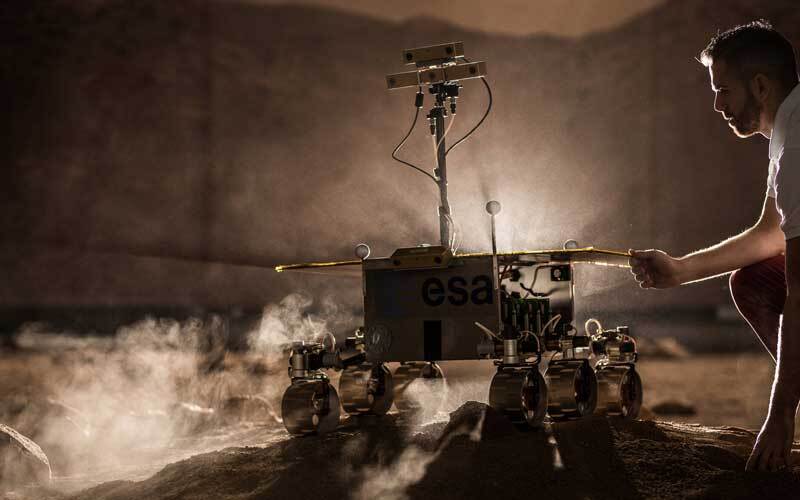5.01.2025

Credit: ALTEC
The European Space Agency has begun work on key technology that will be used for Europe’s second mission to Mars in 2035.
To date, Europe has not yet managed to land safely on the surface of the Red Planet. The Schiaparelli lander, which was launched aboard the first ExoMars mission in 2016, would have been the first had it not failed to complete a soft landing and instead crashed into the Martian surface. The first successful landing is now expected to be the Rosalind Franklin rover, which will be launched in 2028.
According to an ESA call for proposals published on 17 December, the agency is planning to send a larger mission to Mars in 2035. This date is significant, as it’s the most favourable launch date in the next decade in terms of Earth’s relative position to Mars.
The “Advanced Entry, Descent, and Landing Capability on Mars” call focuses on developing key technologies for high-precision landings on the planet’s surface. This marks a significant step up in complexity, as the Rosalind Franklin rover will rely on a far less accurate ballistic entry with no additional means of achieving a precision landing.
The call urges a swift conclusion to pre-phase A activities, allowing the agency to prepare a proposal for the programme’s potential continuation to be decided upon at the Ministerial Council meeting in November. If Member States vote in favour of the programme, the agency will proceed with Phase A/B1 development.
While not expressly stated in the call, the mission could be one of the first passengers aboard ESA’s LightShip tug. The proposed reusable spacecraft is designed to transport payloads to Mars in an effort to reduce mission costs while increasing access to the Red Planet. Beyond delivery, LightShip would provide communication and navigation services, facilitating precise landings and operations for future missions.
Further development of the LightShip tug will also depend on decisions made at ESA’s next Ministerial Council later this year. If approved, the first LightShip mission is expected to take place in 2032, with subsequent launch windows opening in 2035 or 2037.
Quelle: European Spaceflight
